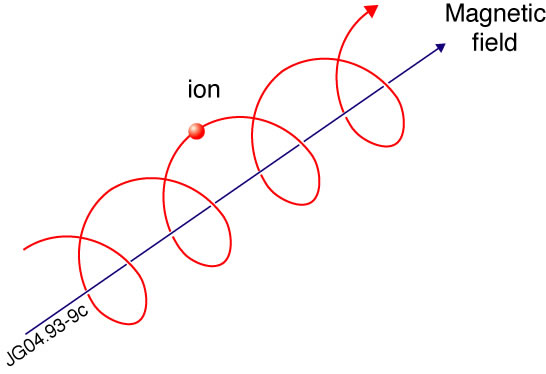I made a simple model of #COVID19 spread, with explanation, to show how even simple maths can capture the essence of the challenge.
github.com/TomNicholas/co…
It can reproduce the trends that make the headlines, including that:
1) If unchecked the virus will spread exponentially
github.com/TomNicholas/co…
It can reproduce the trends that make the headlines, including that:
1) If unchecked the virus will spread exponentially

2) In the worst-case scenarios, the #COVID_19uk death toll in the could be in the hundreds of thousands,
3) The peak load on the healthcare system might not be reached for 2-3 months,
6) While specifically isolating (and therefore protecting) the most vulnerable segments of the population can significantly reduce the overall mortality rate, 

8) This all underscores the need to stop the virus in its tracks as early as possible and prevent an epidemic, for example through app-based contact tracing as described by the Oxford Coronavirus Fraser group:
coronavirus-fraser-group.org
threadreaderapp.com/thread/1239551…
coronavirus-fraser-group.org
threadreaderapp.com/thread/1239551…
The model I used is a standard SIRD (or SEIR) (Susceptible-Infected-Recovered-Deceased) model, which treats different populations as states with transfer rates between them. 

While revealing, this is still only an educational demo!
A similar, but more complete interactive model made by an actual epidemiologist can be found here
A similar, but more complete interactive model made by an actual epidemiologist can be found here
https://twitter.com/alison_l_hill/status/1239072817678823425
For advice on #COVID19 see sources like:
@WHO
@NHSuk
and for better data visualisation see
@OurWorldInData
@WHO
@NHSuk
and for better data visualisation see
@OurWorldInData
And if you're thinking of using or extending what I've done here, please read this article and do so responsibly
tableau.com/about/blog/202…
tableau.com/about/blog/202…
• • •
Missing some Tweet in this thread? You can try to
force a refresh









